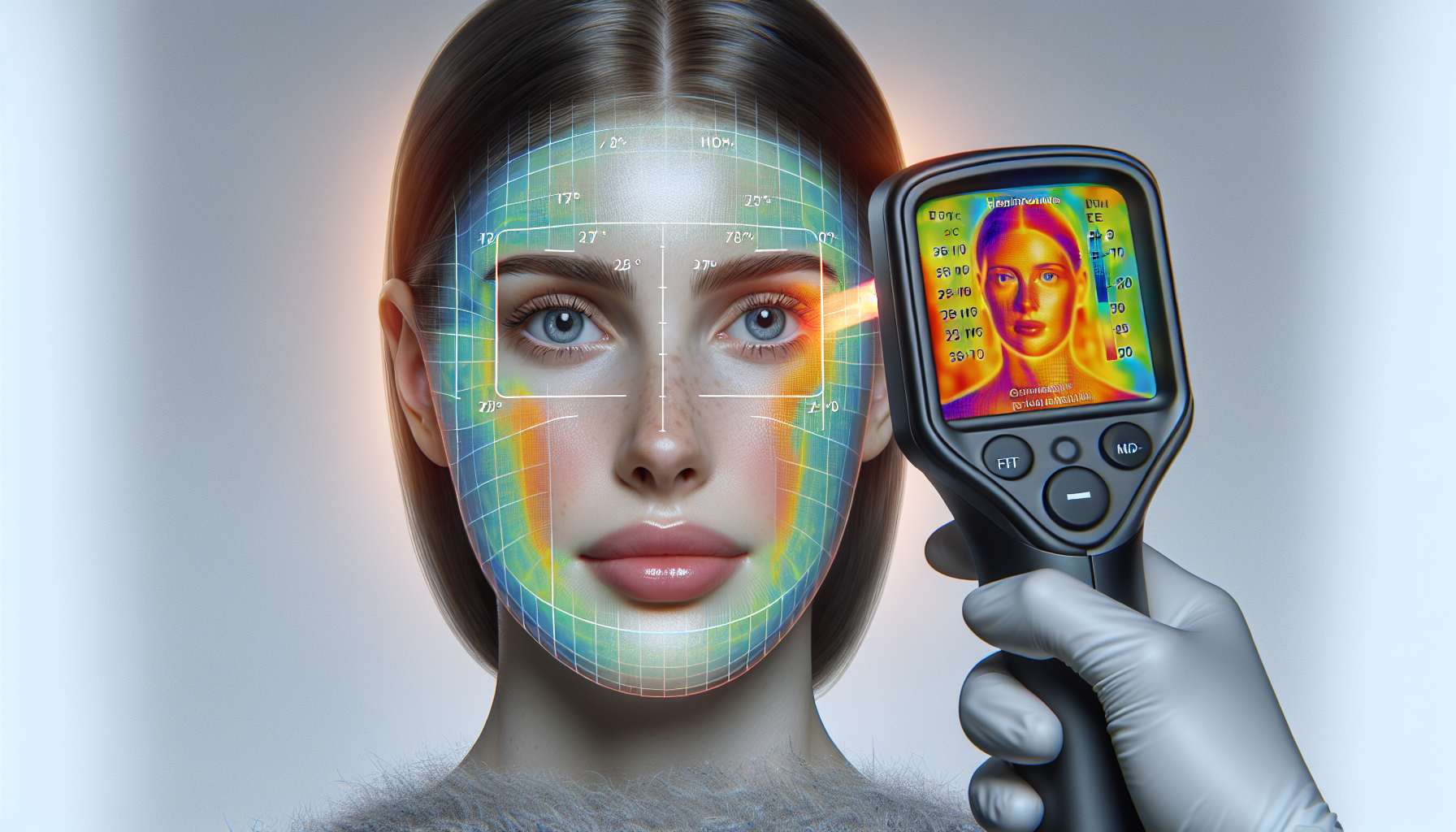Innovative research has unveiled a fascinating connection between the temperature variations in different areas of the face and the presence of chronic diseases like diabetes and high blood pressure. While these temperature discrepancies aren’t detectable through human touch, they can be recognized using advanced Artificial Intelligence (AI) algorithms and thermal cameras. This groundbreaking discovery was published on July 2 in the scientific journal, Cell Metabolism. With further exploration, this non-invasive method could become instrumental in the early detection of diseases.
Jing-Dong Jackie Han, the lead author of the research paper from Peking University, Beijing, explains, “Aging is an inevitable process. However, this tool has the capability to support healthy aging and assist individuals in living a disease-free life.”
Han’s team had earlier utilized 3D facial structure to predict an individual’s biological age – an indicator of how well the body is aging. Notably, biological age is closely linked to disease risks, including cancer and diabetes. Intrigued, the researchers wondered if facial features like temperature could also serve as indicators of aging rates and health conditions.
To test this, Han and her colleagues analyzed the facial temperatures of over 2,800 Chinese participants, ranging in age from 21 to 88 years. Using this data, they trained AI models to predict a person’s ‘thermal age.’ They found that the temperatures in certain facial regions, including the nose, eyes, and cheeks, were significantly related to both age and health.
Interestingly, the researchers discovered that the nose’s temperature decreases with age faster than other facial areas. This suggests that individuals with warmer noses have a relatively younger thermal age. Conversely, the temperatures around the eyes tend to increase with age.
The research also revealed that individuals with metabolic disorders like diabetes and fatty liver disease demonstrated faster thermal aging. These individuals typically had higher temperatures around their eyes compared to healthy individuals of the same age. Similarly, those with high blood pressure had higher cheek temperatures.
Upon examining the participants’ blood samples, the researchers found that the increased temperatures in the eyes and cheeks were primarily due to heightened cellular activities linked to inflammation, such as DNA repair and infection fighting. This surge in activities resulted in increased temperatures in specific facial areas.
Han points out that “the thermal clock has such a strong correlation with metabolic diseases that previous facial imaging models couldn’t predict these conditions.” Inspired by this finding, the team conducted a new experiment to see if exercise could influence thermal age. They asked 23 participants to jump rope at least 800 times daily for two weeks. Remarkably, these participants reduced their thermal age by five years after just two weeks of exercise.
The team now aims to investigate if thermal facial imaging can predict other diseases, like sleep disorders or cardiovascular issues. Han expresses optimism, saying, “We aspire to use thermal facial imaging in clinical settings, as it shows great promise for early disease diagnosis and intervention.”
As an Ophthalmologist and Retina Specialist at Shankar Netrika Eye Centre in Mumbai, I am excited about these advancements in eye care and their potential applications. It’s my aim to keep my patients informed about these developments and provide them with the best care possible. For more information about our services, including cataract surgery, laser, and Lasik, visit https://shankarnetrika.com/ or call us on 9920044620 or 24702640. We are located at G. D. Ambekar Marg, Kalachowky, Cotton Green, Mumbai.

Comments are closed for this post.